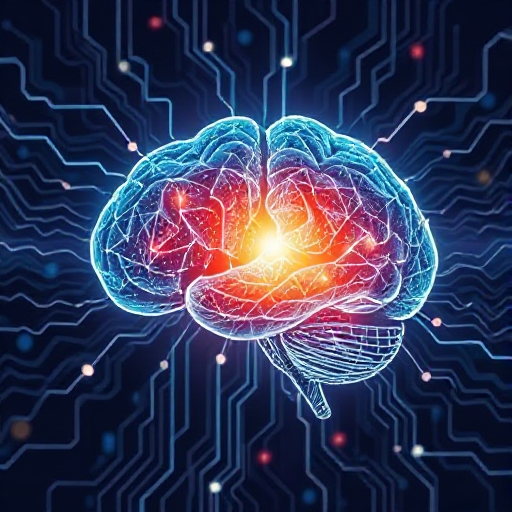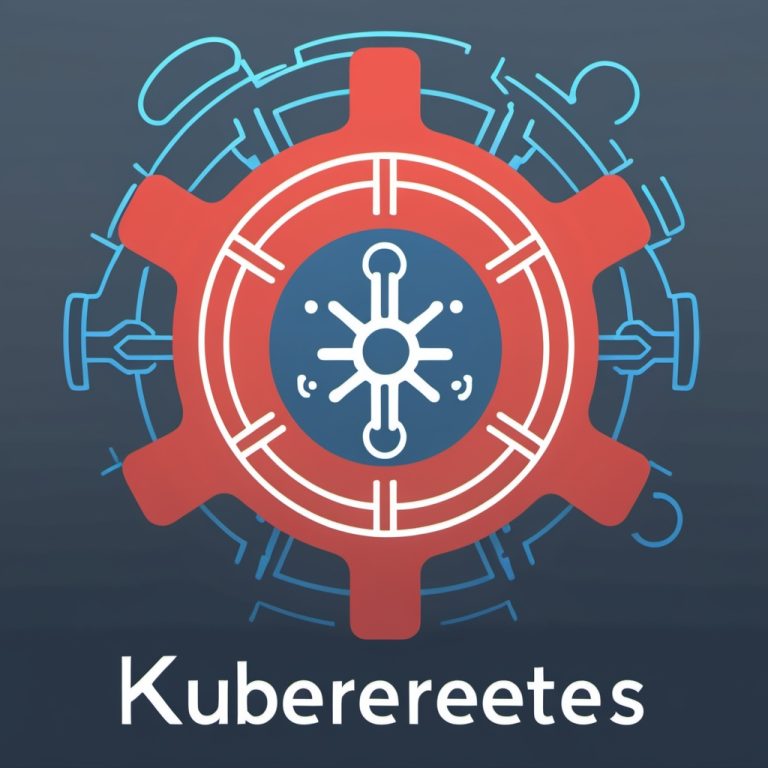
Deep learning, a subset of artificial intelligence (AI), has revolutionized various fields, from image recognition to natural language processing and self-driving cars. Mastering deep learning requires a solid foundation in several key areas, including the understanding of its principles, techniques, and tools. This guide will walk you through the essential steps to master deep learning, providing both theoretical knowledge and practical skills.
1. Build a Strong Foundation in Mathematics and Programming
Deep learning is heavily grounded in mathematics, so a solid understanding of key mathematical concepts is essential.
Key Mathematical Concepts:
- Linear Algebra: Understanding vectors, matrices, eigenvalues, and eigenvectors is crucial as deep learning models use matrix operations to process data.
- Calculus: Understanding differentiation and integration, especially partial derivatives, is important for optimization techniques used in training deep learning models.
- Probability and Statistics: Probability helps in the interpretation of model outputs and uncertainty, while statistics is crucial for data analysis and understanding model performance.
- Optimization: Understanding optimization techniques, especially gradient descent, is essential for training neural networks.
Programming Skills:
- Python: Python is the primary language used in deep learning due to its simplicity and the availability of libraries like TensorFlow, Keras, and PyTorch.
- Libraries and Frameworks: Familiarize yourself with popular deep learning frameworks like TensorFlow, PyTorch, Keras, and MXNet. These libraries simplify the process of building, training, and evaluating deep learning models.
2. Learn the Basics of Neural Networks
Before diving into advanced deep learning techniques, it’s important to understand the fundamentals of neural networks:
Neural Network Components:
- Neurons: Neurons are the basic computational units that process information in a neural network.
- Activation Functions: Functions like ReLU (Rectified Linear Unit), Sigmoid, and Tanh are used to introduce non-linearity into the model, enabling it to learn complex patterns.
- Layers: A neural network consists of input, hidden, and output layers. Each layer contains multiple neurons, and data passes through these layers to make predictions.
Key Neural Network Architectures:
- Feedforward Neural Networks (FNNs): These are the simplest type of neural networks, where data flows in one direction from input to output.
- Convolutional Neural Networks (CNNs): These are widely used in image and video recognition. CNNs utilize convolutions to detect spatial hierarchies in images.
- Recurrent Neural Networks (RNNs): These are used for sequential data, such as time-series forecasting or natural language processing (NLP).
- Generative Adversarial Networks (GANs): GANs consist of two neural networks (a generator and a discriminator) that compete with each other to improve the quality of generated data.
3. Gain Proficiency in Advanced Deep Learning Techniques
Once you grasp the basics of neural networks, you can explore more advanced deep learning techniques:
Convolutional Neural Networks (CNNs)
CNNs have revolutionized the field of computer vision. To master CNNs:
- Understand the convolution operation and how filters are applied to detect features in images.
- Learn about pooling layers (max pooling and average pooling), which reduce the spatial dimensions of data while retaining essential information.
- Study advanced CNN architectures like ResNet, Inception, and VGG for deeper understanding and practical implementation.
Recurrent Neural Networks (RNNs)
RNNs are used to process sequential data. To master RNNs:
- Understand the concept of “hidden states” and how data is processed at each time step.
- Explore variations like Long Short-Term Memory (LSTM) and Gated Recurrent Unit (GRU), which are designed to overcome the vanishing gradient problem in vanilla RNNs.
Generative Models
Generative models, such as GANs and Variational Autoencoders (VAEs), are used to generate new data. To master these models:
- Study how GANs work by understanding the adversarial process of the generator and discriminator.
- Understand VAEs, which learn the probability distribution of the data and generate new instances based on that distribution.
Transfer Learning
Transfer learning involves using a pre-trained model on a new task, leveraging knowledge from a related problem. This technique is highly effective in domains like computer vision and NLP.
Reinforcement Learning (RL)
Reinforcement learning is a type of machine learning where an agent learns by interacting with an environment. To master RL:
- Understand key concepts like agents, environments, actions, rewards, and policies.
- Study algorithms such as Q-learning and Deep Q-Networks (DQNs) to learn how to apply deep learning in RL.
4. Master the Art of Data Preprocessing
Data preprocessing is critical to building effective deep learning models. The quality of the data directly impacts the performance of the model. To master data preprocessing:
- Normalization/Standardization: Scaling data to a specific range (e.g., [0, 1] for neural networks) helps with faster convergence during training.
- Handling Missing Data: Learn techniques like imputation or removing missing data to ensure the quality of your dataset.
- Data Augmentation: For tasks like image recognition, data augmentation can help generate more training data by applying transformations (e.g., rotations, flipping, and scaling).
- One-Hot Encoding: For categorical data, one-hot encoding can represent each category as a vector of binary values.
5. Optimize and Regularize Models
Training deep learning models often involves balancing model complexity and performance. Key techniques to optimize and regularize your models include:
- Gradient Descent and Variants: Master different optimization techniques such as Stochastic Gradient Descent (SGD), Adam, and RMSProp to improve training efficiency.
- Overfitting Prevention: Use regularization methods such as L2 regularization, dropout, and early stopping to prevent overfitting.
- Hyperparameter Tuning: Experiment with learning rates, batch sizes, and model architectures to find the best configuration using techniques like grid search or random search.
6. Hands-On Practice and Real-World Projects
The best way to master deep learning is through hands-on experience. Start by implementing simple models, and gradually progress to more complex architectures.
- Kaggle Competitions: Participate in Kaggle challenges to apply deep learning techniques to real-world problems and learn from others in the community.
- Open-Source Projects: Contribute to deep learning projects on GitHub to collaborate with others and gain exposure to industry-level challenges.
- Research Papers: Stay up to date with the latest advancements in deep learning by reading research papers and implementing new techniques.
7. Stay Updated and Keep Learning
The field of deep learning is rapidly evolving, with new techniques and architectures emerging constantly. To stay ahead:
- Follow influential researchers and practitioners on social media platforms like Twitter and LinkedIn.
- Join deep learning communities such as Reddit’s r/MachineLearning or the Deep Learning AI community to engage with other learners and professionals.
- Take advanced courses on platforms like Coursera, edX, and Udacity to deepen your knowledge and skillset.
Mastering deep learning is a journey that involves continuous learning, hands-on practice, and a deep understanding of the underlying mathematical principles. By following the steps outlined in this guide, you can build a solid foundation, master advanced techniques, and eventually become proficient in implementing deep learning models to solve complex real-world problems. The key to success is persistence and a genuine passion for the technology.






